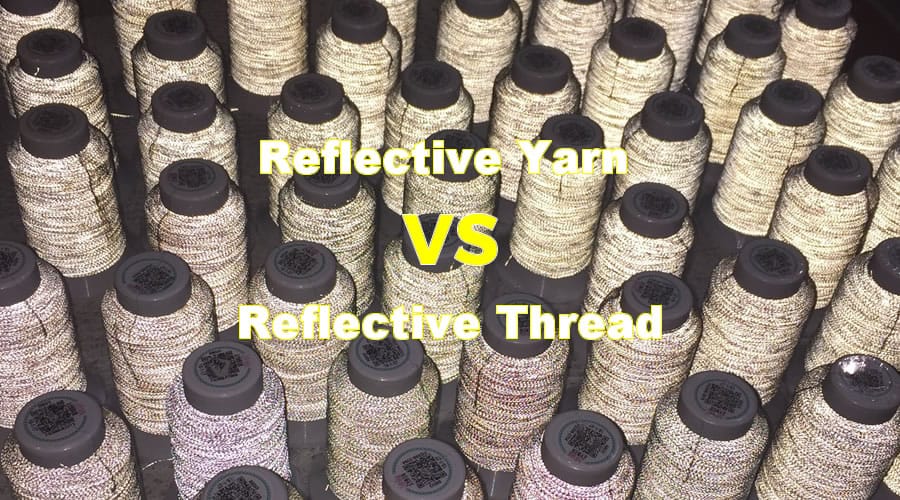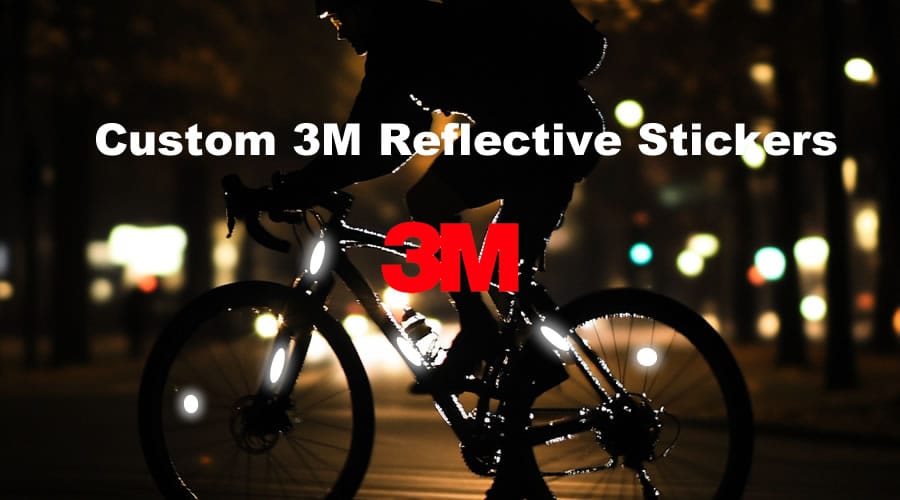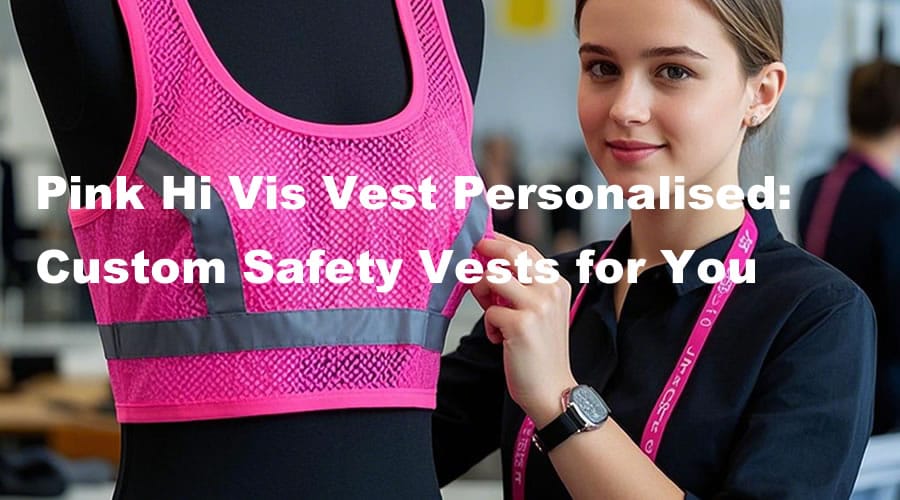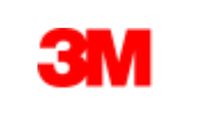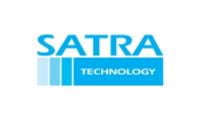The importance of PPE For The Workers in specific workspaces cannot be underestimated. When workers are equipped with the right gear designed for their dangerous work environment, they are protected from losing life and limb. The company will also be protected from loss of daily revenue and liability lawsuits. So, companies must employ an effective safety program that is adaptable to all parts of their workforce and can evolve with changing needs and regulations.
At the center of all safety work regulations and programs is PPE. PPE is personal protective equipment, and each industry and job site has its specialized PPE.
The Five Types Of PPE
There are five different types of PPE, and each one has a set purpose for why they are needed on a worksite and the regulations in which they must be built to properly protect the wearer. The five types of PPE are:
- Eye protection – The most common type of eye protection is safety glasses. But there are many types of protective eyewear, like glasses and sweat guards to face shields. The eyes are one of the most delicate parts of the human body and protecting them from workplace accidents and failures should be a top priority for everyone, not just the company. Safety goggles can prevent sparks, chemicals, sand, liquids, and hot air from damaging the white of your eyes and your retinas.
- Body Protection – Humans may look solid, but we have many vital organs that are less than 4 to 5 inches away from the surface of our skin. Not protecting your body from intense weather, falling from heights and ladders, sunburn, and other dangers can cripple a person and may even keep them from coming back to work ever again. Reflective clothing, harnesses, and respirator masks are some of the most important bodily protection gears.
- Hand protection – In nearly all types of workplaces, it is common for workers to get cuts on their fingers or slam their hands into doors. But for some environments, they can easily lose a finger or receive third-degree burns because of chemicals and open flames. Hand protective gear is critical in construction and in oil rigs. The least a workspace can provide its workers is a pair of heavy-duty OSHA-approved gloves. Some other workplaces will have hand safety training if workers have to use high-powered heavy tools like a jackhammer or drills.
- Ear protection – The high-pitched screeches of drills and other construction tools, as well as particles and debris, can affect a worker’s hearing. Sound-blocking headphones and earplugs can preserve their hearing.
- Face protection – sunscreen, face Shields, bandanas, hats with visors, and face masks can protect the face. They are especially critical for workers who work outside and in varying temperatures.
How Does A Company Or Its Workforce Know If They Need PPE?
While it may not seem like it, every type of workplace has its own version of PPE. Working at a grocery or retail store means associates have to wear nonslip shoes and earbud communicators to quickly communicate with their boss and coworkers.
A laboratory requires all of their lab workers and scientists to wear their hair pulled back, wear closed-toed nonslip shoes, wear eye goggles and gloves. And construction workers must wear safety vests, hard hats, and even a harness and helmet. So no matter where a person works, there should be some kind of PPE protocol.
But PPE isn’t the only factor that workplaces consider when creating a safe environment for their workers. There are four other levels or factors that should come before PPE. Here is the complete workplace safety risk solution hierarchy.
The five levels of workplace safety
- 1st and most important – Remove and eliminate all hazards
- Some hazards are just too dangerous to have on a worksite, and they must be removed completely. Workers should never come into contact with this hazard.
- 2nd and next important – replace the hazard with a suitable substitute
If the hazard is integral to the operation of the workplace and cannot be removed, it must be replaced with a safer alternative. - 3rd and next important – Do not allow many others to have access to the hazard. Only trained specialists should be able to deal with the danger.
If a safer alternative cannot be found, then only specialized workers who are trained for this situation can come into contact with the workplace hazard.
The company must train one or more members of staff to maintain and work with the hazard. If there is no one on-site and the hazard needs to be dealt with, they must call in a trained worker or shut down operations until one is scheduled to arrive.
Prevent untrained workers from coming into contact with the hazard by erecting a barrier or an enclosure. Place warnings around the hazard as well. - 4th and next important – Educate everyone around the hazard on how to deal with it and protect themselves from it
If the hazard cannot be sectioned off and placed away from workers, then everyone in the workplace must go through a thorough safety briefing on how to deal with the hazard.
The supervisors, managers, and higher levels of administration must create complete workplace safety guides so all of the workers near the hazard can receive proper training. In this case, managers and supervisors must also go through safety training. - 5th and least important – PPE to protect against unavoidable hazards and dangers
All workers who work around the vicinity of the hazard must wear the proper safety gear. Anyone who doesn’t wear the gear cannot be allowed to work in the area.
Most workplaces cannot have every single hazard in danger eliminated from the area, so work has never come in contact with it. So they will use a combination of any of these four safety risk hierarchy levels to create a safer environment for everyone working in the area.
Managers and supervisors will provide extensive training so workers can know the proper protocols to keep themselves safe. Supervisors must also provide medical gear in the event of a bodily injury and provide the proper PPE to protect against most workplace dangers.


